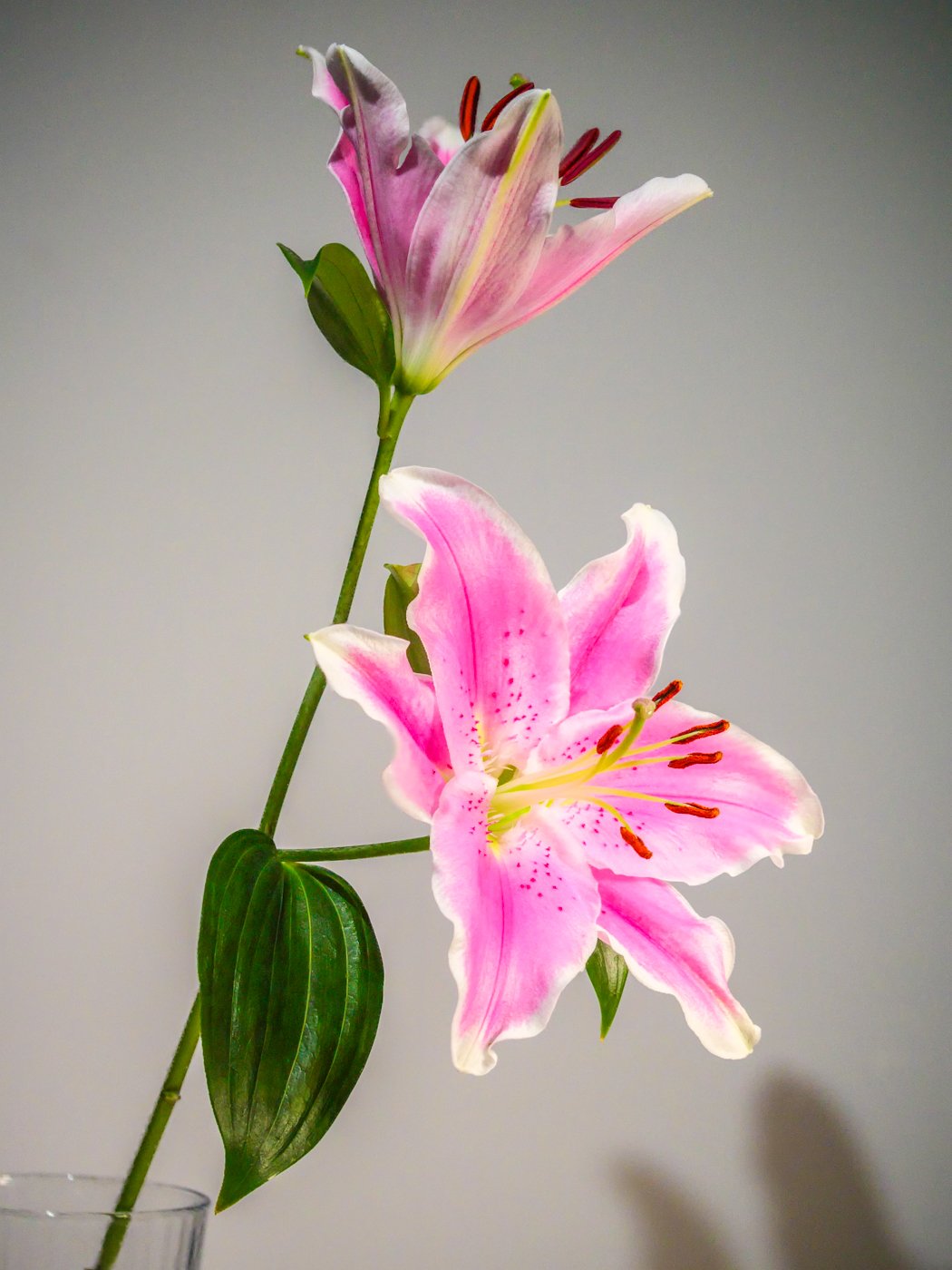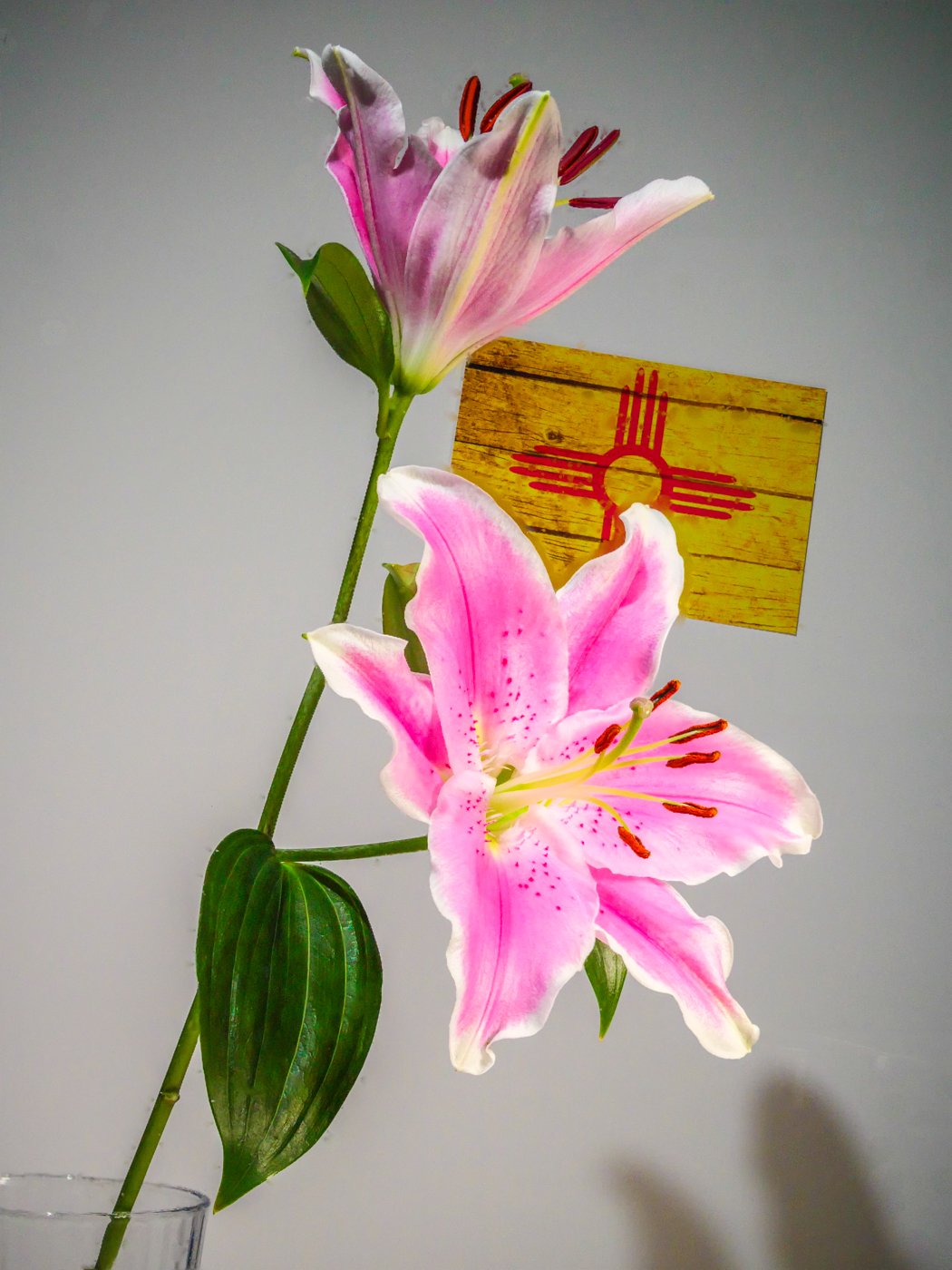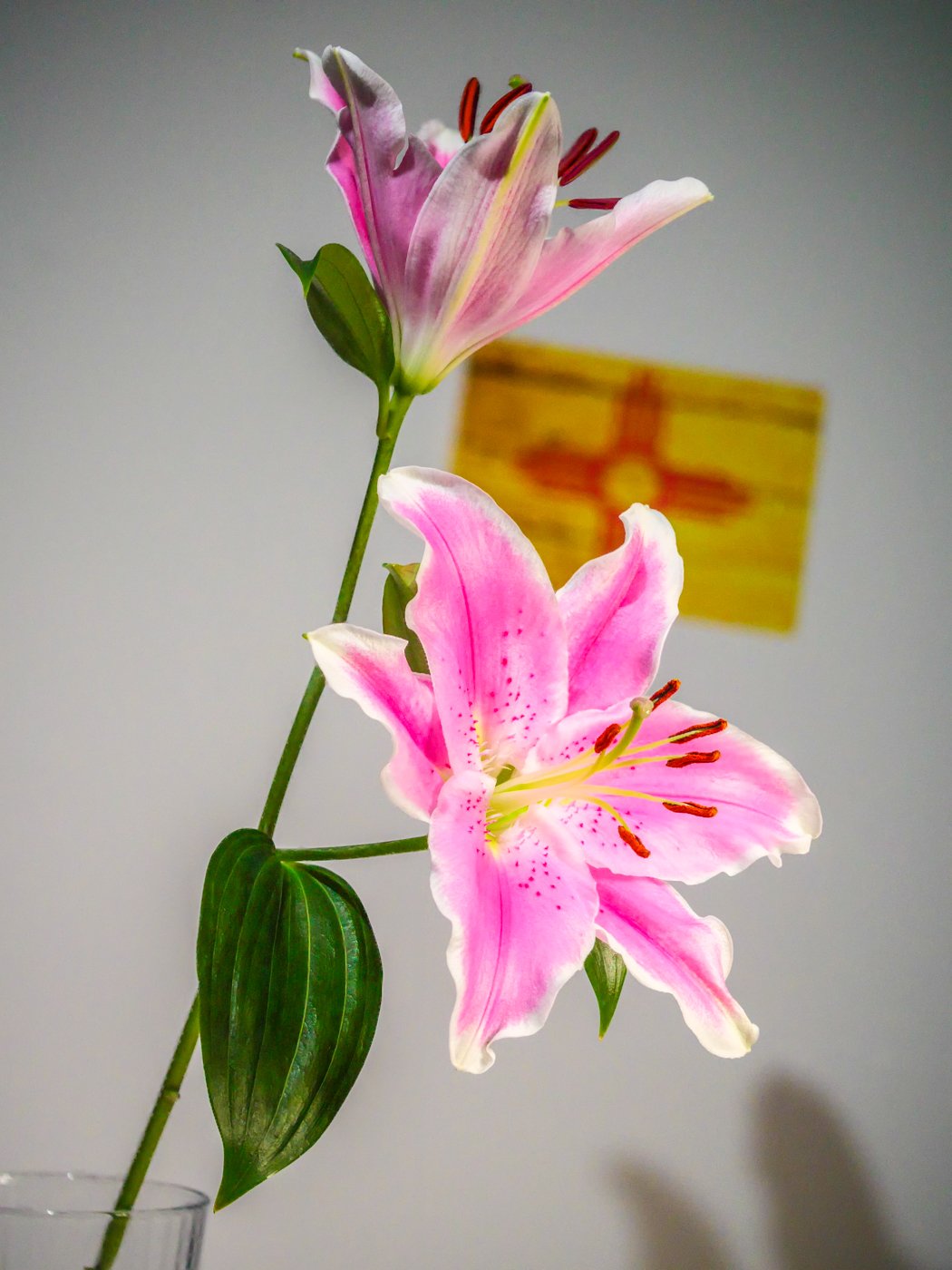Space Coast Wildlife & Birding Festival - Day 1
 It was a gorgeous 84 degree day yesterday when I arrived in Titusville for the Space Coast Festival but this morning it was a cold 51 degrees. This rapid change is no good for bird photography as most of the birds were hunkered down in the mangroves. The few that braved the cold were mostly way out of reach even with an 800 mm equivalent lens.These are a few decent images albeit severely cropped. Now for the good news - the new Leica 200 mm f/2.8 arrived and I have just unpacked it. Will give this lens a shot tomorrow morning.
It was a gorgeous 84 degree day yesterday when I arrived in Titusville for the Space Coast Festival but this morning it was a cold 51 degrees. This rapid change is no good for bird photography as most of the birds were hunkered down in the mangroves. The few that braved the cold were mostly way out of reach even with an 800 mm equivalent lens.These are a few decent images albeit severely cropped. Now for the good news - the new Leica 200 mm f/2.8 arrived and I have just unpacked it. Will give this lens a shot tomorrow morning.


The Adorama Panasonic Lumix G9 Launch Event
https://www.youtube.com/watch?v=toRCYwCvelw&t=1867s
The Lumix G9 and Post Focus
 I have been asked this many times and no matter how much I explain it there is still some confusion. Basically, the Post Focus function in the supporting Lumix cameras rely on the high-resolution video capability in conjunction with focus racking to capture a sequence of images that can be selected by defining the plane of focus. So as an example, if you were to set up a yardstick and let the camera take a post-focus image - the camera would focus on the nearest point to the lens take an image and then gradually refocus a bit further out and take another image till it reached the end of the frame at the farthest point. There would be a series of images each one at a different point of focus. Note however that this sequence is captured using the video mode of the camera. Once the images are captured, the camera does internal processing that then allows you to tap on the screen to select the image that has the best focus at that selected point. You can then opt to save this selected image. Supporting this function is post-capture peaking to confirm focus and in addition, you can magnify the image for a selective selection.This feature is further augmented with a merge function. You can merge all the images captured into a single image that is tack sharp from the closest focus point to the farthest. However what is even more useful, particularly if you use large apertures for a shallow depth of field and you want to keep your background out of focus. You can select the range you want to merge and thereby leave the remainder of the scene out of focus.The following image that I used as the lead image was captured in post focus and merged in its entirety.
I have been asked this many times and no matter how much I explain it there is still some confusion. Basically, the Post Focus function in the supporting Lumix cameras rely on the high-resolution video capability in conjunction with focus racking to capture a sequence of images that can be selected by defining the plane of focus. So as an example, if you were to set up a yardstick and let the camera take a post-focus image - the camera would focus on the nearest point to the lens take an image and then gradually refocus a bit further out and take another image till it reached the end of the frame at the farthest point. There would be a series of images each one at a different point of focus. Note however that this sequence is captured using the video mode of the camera. Once the images are captured, the camera does internal processing that then allows you to tap on the screen to select the image that has the best focus at that selected point. You can then opt to save this selected image. Supporting this function is post-capture peaking to confirm focus and in addition, you can magnify the image for a selective selection.This feature is further augmented with a merge function. You can merge all the images captured into a single image that is tack sharp from the closest focus point to the farthest. However what is even more useful, particularly if you use large apertures for a shallow depth of field and you want to keep your background out of focus. You can select the range you want to merge and thereby leave the remainder of the scene out of focus.The following image that I used as the lead image was captured in post focus and merged in its entirety. For this next Post-focus demonstration I placed a postcard on the background and merged the entire set of images. As you can see the postcard is in focus as are the flowers.
For this next Post-focus demonstration I placed a postcard on the background and merged the entire set of images. As you can see the postcard is in focus as are the flowers. Next, I used the same Post-Focus set but this time iI selected just the range I wanted, just the flowers and executed the merge. The following is the resulting image with the postcard nicely blurred:
Next, I used the same Post-Focus set but this time iI selected just the range I wanted, just the flowers and executed the merge. The following is the resulting image with the postcard nicely blurred: I hope this gives you a better understanding of the power of this feature and the many ways you can use it. Please note that when these images are captured using 6K Photo Mode, the resulting images are 18 MP and suitable for very large enlargements when processed with the appropriate software.
I hope this gives you a better understanding of the power of this feature and the many ways you can use it. Please note that when these images are captured using 6K Photo Mode, the resulting images are 18 MP and suitable for very large enlargements when processed with the appropriate software.
Lumix G9 - High Resolution Mode
 Many new cameras have repurposed their in body image stabilization to create high resolution images employing sensor shift capture. The Lumix G9 uses the same concept but shifts the sensor by 1/2 pixel rather than a full pixel. It captures 8 images in raw and combines them in-camera to generate a single 80 MP Raw file. Whats more is that you can capture a single standard resolution RAW file of the same image in addition to the high resolution image. This is a great feature for studio based product photography, still life and architectural photography. As there is (releatively) significant capture time, any scene with moving subject matter is not suitable for High Resolution capture. I set up a simple shot of a Gerbera Daisy with an artificial background to test the resolution and imprtance of this feature. the image above is what I was photographing. The shutter delay was set for 15 seconds to give me enough time to exit the room and to stabilize any vibration or tripod and camera body. The exposure triad:f/8, 1/200 sec at ISO 200.The red stroked are is enlarged below for comparison. Of significance, is the minimal pixilation of theis crop in the hi-res image compared to the standard 20.3 MP file.
Many new cameras have repurposed their in body image stabilization to create high resolution images employing sensor shift capture. The Lumix G9 uses the same concept but shifts the sensor by 1/2 pixel rather than a full pixel. It captures 8 images in raw and combines them in-camera to generate a single 80 MP Raw file. Whats more is that you can capture a single standard resolution RAW file of the same image in addition to the high resolution image. This is a great feature for studio based product photography, still life and architectural photography. As there is (releatively) significant capture time, any scene with moving subject matter is not suitable for High Resolution capture. I set up a simple shot of a Gerbera Daisy with an artificial background to test the resolution and imprtance of this feature. the image above is what I was photographing. The shutter delay was set for 15 seconds to give me enough time to exit the room and to stabilize any vibration or tripod and camera body. The exposure triad:f/8, 1/200 sec at ISO 200.The red stroked are is enlarged below for comparison. Of significance, is the minimal pixilation of theis crop in the hi-res image compared to the standard 20.3 MP file. 
 The base file at 300 DPI is approx. 34.5 inches by 26 inches. I have sussessfully enlarged this image to 30 feet by 22.5 feet and the image maintains exceptional quality.
The base file at 300 DPI is approx. 34.5 inches by 26 inches. I have sussessfully enlarged this image to 30 feet by 22.5 feet and the image maintains exceptional quality.
Warm Colors on a Frigid Afternoon
 On a frigid day when it is so cold that when you step out of the car it feels like your nose is going fo freeze and fall off, your fingers and toes become numb in seconds. It is no fun untill you see some golden light from the setting sun on the last day of 2017. Now the frezing cold is forgotten - the image is all that matters. The colors contrased against the ice, the patterns in the water and the terraces in the ice had to be captured.This was shot with the Panasonic Lumix G9, the Leica 12-60 mm lens at 44 mm. Exposure triad: f/6.3, 1/250 sec at ISO 200.
On a frigid day when it is so cold that when you step out of the car it feels like your nose is going fo freeze and fall off, your fingers and toes become numb in seconds. It is no fun untill you see some golden light from the setting sun on the last day of 2017. Now the frezing cold is forgotten - the image is all that matters. The colors contrased against the ice, the patterns in the water and the terraces in the ice had to be captured.This was shot with the Panasonic Lumix G9, the Leica 12-60 mm lens at 44 mm. Exposure triad: f/6.3, 1/250 sec at ISO 200.
Panasonic Lumix G9 Continuous Auto Focus Test
First - Wishing all my readers a Very Happy New Year.This past weekend my wife and I spent two days in Franconia, New Hampshire. The temperatures were in the -10 to -13 Degrees in the evenings and -7 to -10 during the day. We were hoping to photograph some ice climbers but the winds were too strong and we did not find any. In any case, these frigid conditions were ideal for testing out how the new G9 would perform. the camera is rated to work at temperatures below freezing down to 14 Degrees F. This morning it was -7. I did not want to risk doing an extended time-lapse sequence but did want to test out the continuous autofocus.Canon mountain has some decent ski slopes and there were a few skiers on the slopes. A skier coming downhill and then swinging across to the right was the layout. I set the camera to AFC (Auto Focus Continuous), drive mode was set to high, Manual exposure - f/5, 1/1000 sec, ISO 200. The lens was the Leica 12-60 at mm. I set the capture to RAW + Jpeg (large) with RAW to Card 1 and Jpeg to Card 2. The cards were not the fastest - SanDisk V30 SDXC, 95 MB/s.Waiting for a skier to come into view, I depressed the shutter and followed him as he came down the slope. The sequence was 9 seconds for a total 66 images. I was very pleased to see that the autofocus continuous mode worked really well. I believe that all 66 images in the sequence are in acceptable focus and very usable. I would like to try a similar test with a longer lens but given the way the camera performed, despite the cold, I am extremely happy.The entire jpeg sequence is below. The only adjustments made to the images was a small correction in white balance, sharpening and noise reduction were both zeroed out in Lightroom. The images were then exported for this display with a 1024 pixel horizontal setting. If you are interested in a folder of these jpeg images or any of the RAW files for further validation please let me know and I will be happy to get them to you. [ngg_images source="galleries" container_ids="120" display_type="photocrati-nextgen_pro_horizontal_filmstrip" image_crop="0" image_pan="1" show_playback_controls="1" show_captions="0" caption_class="caption_overlay_bottom" caption_height="70" aspect_ratio="1.333" width="150" width_unit="%" transition="fade" transition_speed="1" slideshow_speed="5" border_size="0" border_color="#ffffff" override_thumbnail_settings="1" thumbnail_width="120" thumbnail_height="90" thumbnail_crop="1" ngg_triggers_display="always" order_by="sortorder" order_direction="ASC" returns="included" maximum_entity_count="500"]
